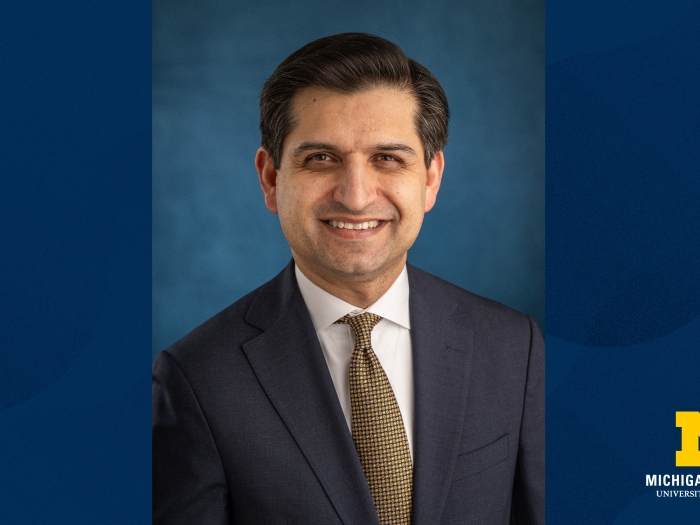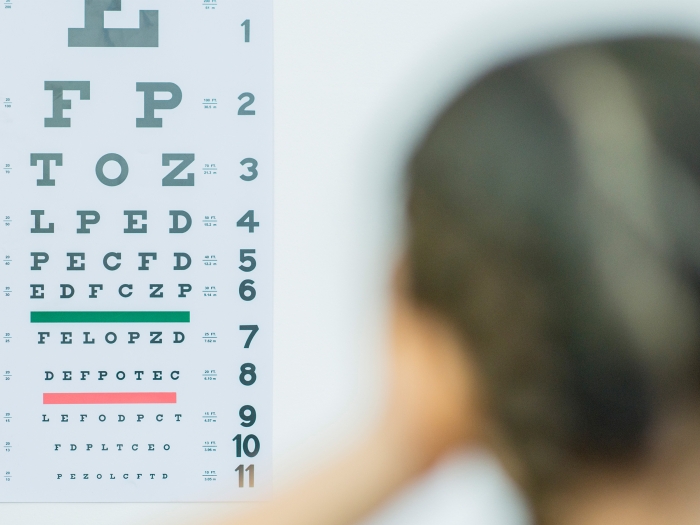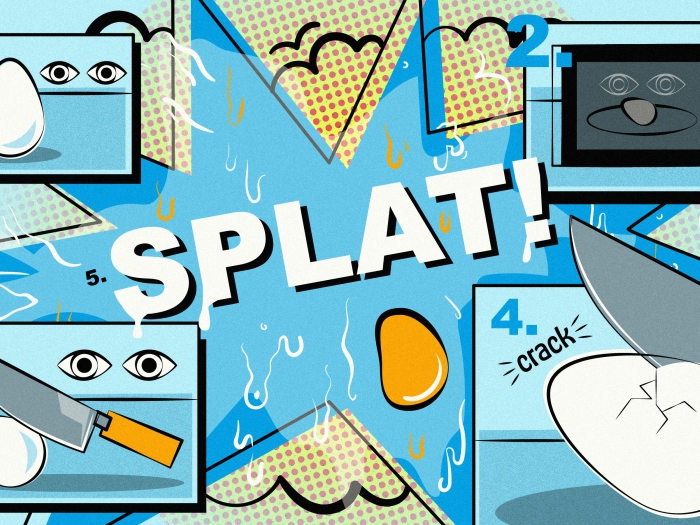An annual pizza party has a purpose beyond basketball. It raises money for a Michigan Medicine facility that saved a young boy’s eyesight — and his life.
7:00 AM
Author |
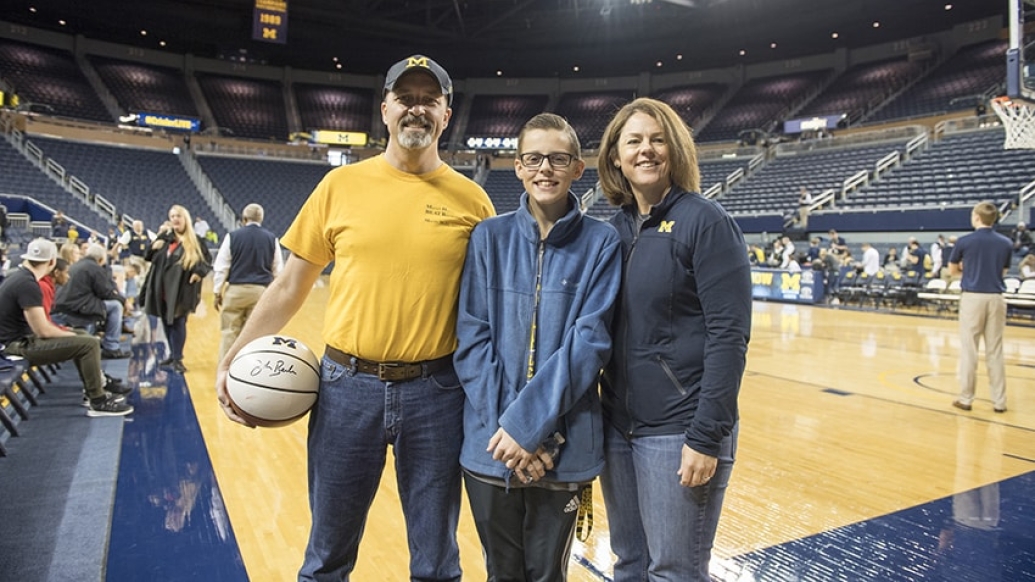
For college basketball fans, the arrival of the Big Dance means one thing: countless hours spent binge-watching the big games.
MORE FROM MICHIGAN: Sign up for our weekly newsletter
Myron Hepner sees the occasion as much more than leisure time.
It represents another chance to thank the medical teams that saved his infant son's life after discovering a rare eye cancer — gratitude the Ann Arbor resident has shown at this time each year for more than a decade.
On March 21 and 22, Hepner will once again hold court while catching the NCAA action at Pizza House, a local mainstay, as part of the 13th annual March Hoops to BEAT Blindness fundraiser.
The drop-in viewing party, open to anyone, collects money to support the University of Michigan's Kellogg Eye Center — a place where Hepner and his family are no strangers.
"They've provided us with great care," says Hepner. "We're so grateful for how they treated us, over and over again, at every single appointment."
His son, Brendan, was diagnosed with retinoblastoma at 9 months old. The cancer is a tumor of the retina, the thin nerve tissue that lines the back of the eye.
Found in 1 out of every 18,000 births, it most commonly occurs in children age 5 and younger. It may surface in one or both eyes. Left untreated, it can metastasize to other parts of the body.
In Brendan's case, Kellogg surgeons removed his cancerous right eye to prevent the disease from spreading. He wears a prosthetic eye in its place and returns to the clinic once a year for a checkup.
Now 15 and cancer-free, Brendan is happy to champion the Kellogg care team (and watch basketball, of course) with his father.
Says the elder Hepner: "We have a very personal reason to support them."
Offensive strategy
Hepner began the fundraiser in 2007 with modest expectations.
He planned to hang out and watch basketball at a restaurant anyway; why not use a public setting to raise a few bucks for others?
SEE ALSO: Rare Eye Condition Inspires Parents to Create Cool Glasses for Kids
"I thought if I could get 10 of my friends to give me $20, I could raise $200," Hepner recalls of his first meetup. "I came out with $6,000."
Response hasn't slowed: BEAT Blindness has raised $80,000 to date.
Pizza House, the event host since 2013, helps by donating 15 percent of sales from those who present a flier when ordering carry-out or attending the function (it begins at 10:30 a.m. Thursday and Friday and will continue late into the evening both nights). And a raffle drawing stocked with Michigan swag also helps drive donations, which can be made online year-round.
To help maximize impact and public interest, Hepner's campaign highlights a different Kellogg research project each year.
The work of the 2019 beneficiary, Lindsey De Lott, M.D., a specialist in neuro-ophthalmology, may lead to personalized care of optic neuritis, the most common condition to affect the optic nerve in young adults. There are different causes of optic neuritis , but one common cause is multiple sclerosis.
High dose corticosteroids can treat the condition but not all patients respond to treatment. De Lott is searching for the characteristics that predict the chances treatment will work for a patient.
She may identify the right course of treatment for the right person – and prevent vision loss.
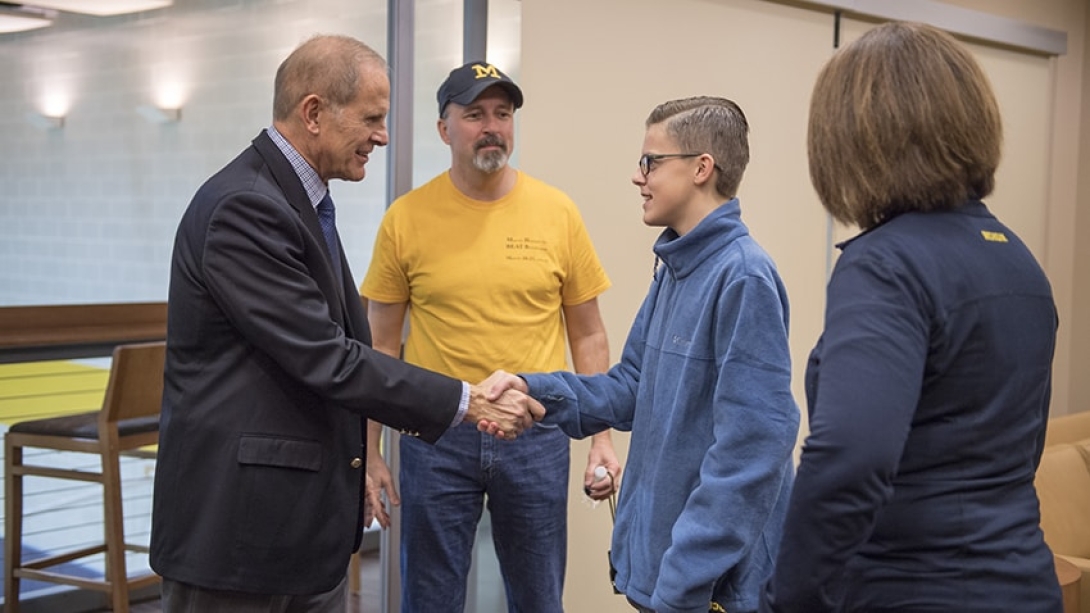
Good sportsmanship
Brendan's family first took him to a doctor after his right eye, despite looking normal when viewed up close, appeared whitish and milky in family photos.
SEE ALSO: Making Prosthetic Eyes That Look Like the Real Thing
Extraction surgery quickly followed, as did follow-up care at Kellogg.
Soon after, Brendan was fitted with a prosthetic eye made of durable polymer. Painted to match his other brown eye, the custom-made orb can be adjusted as the recipient grows.
Life since the transition has been smooth.
The eyeball is so realistic that Brendan's classmates don't even know about his condition until he tells them. Protective goggles have allowed him to play soccer and basketball like his peers.
And while he doesn't need to use corrective lenses, he wears glasses to protect his working eye.
As a healthy high school freshman with a keen interest in computer programming, Brendan is eager to load up on pizza and socialize with the community each March in the hopes of growing awareness of retinoblastoma and the ongoing work at Kellogg.
He'll spend the earlier part of the week doing interviews with local media and encouraging his friends to attend the event.
The teenager has asked plenty of questions about his circumstances that inspired an event that attracts as many as 300 people.
"He wonders what it's like to see out of two eyes — and I say, 'You know what? You see the same things I do,'" says his father. "He also realizes that it is something that could have killed him when he was young. He has a very unique appreciation for life."

Explore a variety of healthcare news & stories by visiting the Health Lab home page for more articles.

Department of Communication at Michigan Medicine
Want top health & research news weekly? Sign up for Health Lab’s newsletters today!

